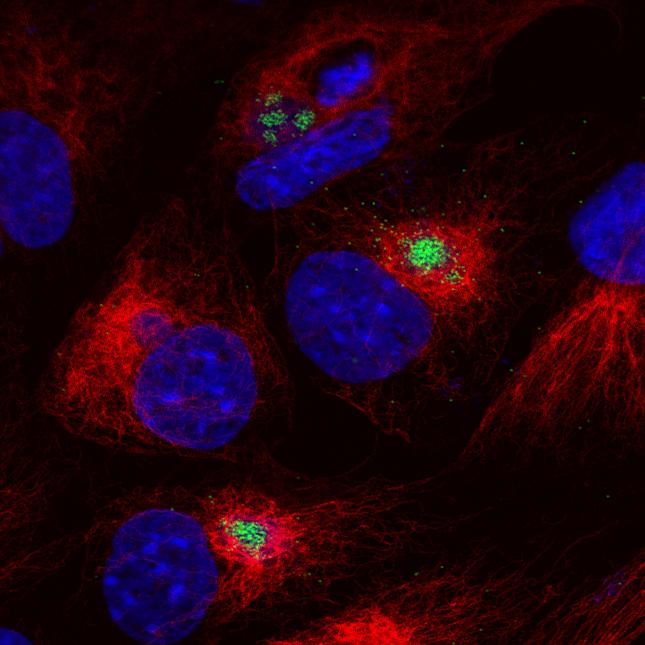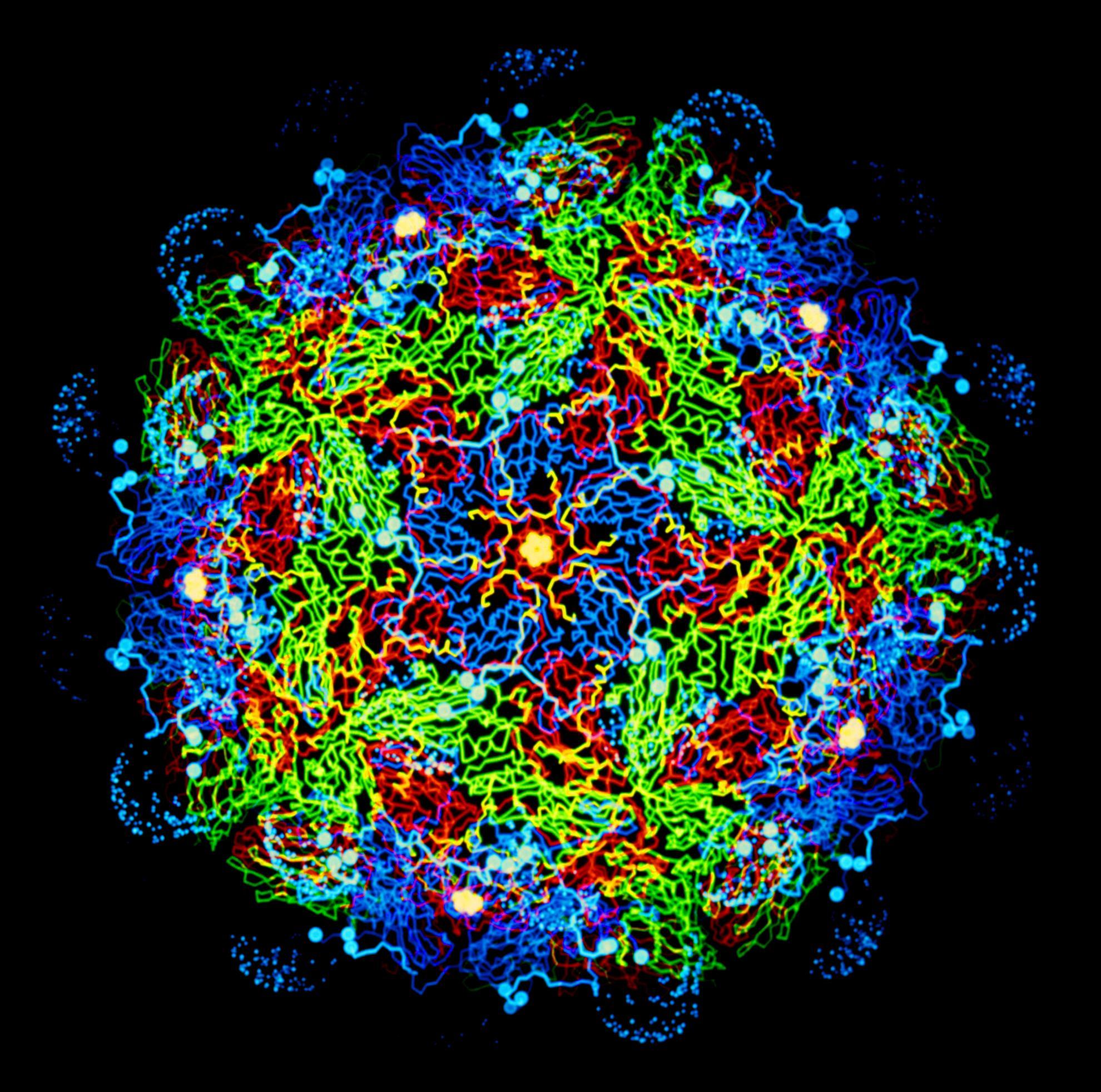Towards a unified generic framework to define and observe contacts between livestock and wildlife: a systematic review
Wild animals are the source of many pathogens of livestock and humans. Concerns about the potential transmission of economically important and zoonotic diseases from wildlife have led to increased surveillance at the livestock-wildlife interface. Knowledge of the types, frequency and duration of contacts between livestock and wildlife is necessary to identify risk factors for disease transmission and to design possible mitigation strategies. Observing the behaviour of many wildlife species is challenging due to their cryptic nature and avoidance of humans, meaning there are relatively few studies in this area. Further, a consensus on the definition of what constitutes a ‘contact’ between wildlife and livestock is lacking. A systematic review was conducted to investigate which livestock-wildlife contacts have been studied and why, as well as the methods used to observe each species. Over 30,000 publications were screened, of which 122 fulfilled specific criteria for inclusion in the analysis. The majority of studies examined cattle contacts with badgers or with deer; studies involving wild pig contacts with cattle or with domestic pigs were the next most frequent. There was a range of observational methods including motion-activated cameras and global positioning system collars. As a result of the wide variation and lack of consensus in the definitions of direct and indirect contacts, we developed a unified framework to define livestock-wildlife contacts that is sufficiently flexible to be applied to most wildlife and livestock species for non-vector-borne diseases. We hope this framework will help standardise the collection and reporting of contact data; a valuable step towards being able to compare the efficacy of wildlife-livestock observation methods. In doing so, it may aid the development of better disease transmission models and improve the design and effectiveness of interventions to reduce or prevent disease transmission.

